Sublimation craft is gaining popularity, but it can be overwhelming for those who have just stepped into the world of digital printing.
From choosing the right printer, ink, substrates, and paper to making excellent finished goods, this comprehensive guide will show you the ropes.
What Is Sublimation Printing?
It is a printing technique where creative designs can be transferred to the blanks like tumblers, ornaments, shirts, etc., and permanently remain there.
This method has opened up a world of possibilities for creating one-of-a-kind items. It is necessary to understand how it functions and what its limitations are in order to be successful.
This printing technology has been around for decades, but new tools have made it budget-friendly and easier.
How Does Dye-Sub Printing Work?
It is a digital printing process that uses pressure and heat to transfer dye to various materials. It requires a heat press, substrate, paper, dyes, printer, and a digital design. Here is the mechanics.
- Design creation – You need a high-resolution design for clear and sharp prints. It can be created with software like Photoshop or Adobe Illustrator.
- Printing onto transfer paper – When the design is ready, you have to print it on paper using a printer.
- Transfer onto material – Now place the printed paper on the substrate and, with the help of a heat press, transfer it. Heat press causes the dye to convert into a gas without passing through the liquid phase. So, it penetrates the substrate, making a bond with it.
- Cooling and finishing – After some time, the heat press is lifted, and the substrate is allowed to cool. The dye in a gaseous state reverts to solid and is permanently encapsulated within the substrate as it cools. It makes long-lasting and vibrant designs.
Where Can You Use Heat Transfer Printing?
This printing method can be used on anything that can handle custom print designs, like
- Wall Art – Banners, sigils, canvases, posters, etc.
- Sports gear – Jerseys, uniforms, and much more.
- Promotional products – Tote bags, phone cases, and mugs.
- Home décor – Blankets, pillows, rugs, curtains and much more.
- Workplace accessories or gaming – Desk mats and mousepads.
- Apparel and accessories – Scarves, socks, dresses, sweatpants, hoodies and tees etc.
What Material Can You Sublimate On?
With this printing, you can turn ordinary items into personalized works of art. Here are vast ranges of substrates that are perfect for printing.
1. Fiberglass
This durable material is used in making personalized products and sports equipment. Its sturdy and lightweight nature makes it ideal for printing. Some easy-to-sublimate fiberglass are
- Wall art
- Coasters
- Fiberglass key chains
- Surfboats
- Skateboards
- Snowboards
2. Blended man-made fabrics
There is some blended fabric that contains a high percentage of polyester, like polyester rayon blends or polyester cotton blends and is easy to sublimate. Some perfect blended fabrics are
- Clothes for events
- Stylish uniforms
- Comfortable bedding sets
- Fashionable dresses
3. Polyester fabric
This is a popular and versatile choice for printing. The synthetic fiber is designed to absorb ink to produce vibrant results.
Whether it is socks, hats, jerseys, or t-shirts, sublimating on polyester fabric produces stunning results that remain vivid even after multiple washes.
Due to its durability and high quality, they are perfect for promotional items, sportswear, and custom apparel. Some popular products are
- Aprons
- Towels
- Pillowcases
- Hoodies
- Activewear
- Athletic jerseys
- Personalized t-shirts
4. Polymer-coated items
Items having polymer coatings, like polyester-coated objects or polymer-coated metals, offer a receptive and reliable surface for printing.
Their polymer coating improves color vibrancy, enhances ink absorption, and protects the sublimated design from scratching and fading.
These properties make polymer-coated items perfect for creating promotional items, signage, and personalized gifts, which need both durability and visual impact. Some polymer-coated items are
- Personalized gifts
- Dog tags
- Signs
- Puzzles
- Key chains
5. Neoprene
Neoprene is a synthetic rubber material that is popularly used for items like mouse pads, laptop sleeves, etc. Its flexibility and insulating properties make it an excellent choice for personalized functional accessories.
Printing on this substrate produces the right design, which retains its vibrancy for a long. Some examples of neoprene substrates include.
- Bottle holder
- Mousepads
- Water sportswear
- Laptop sleeves
- Can coolers
6. Wood
Printing on wooden surfaces adds a natural and rustic touch to the design. From wooden photo frames and signs to cutting boards and coasters, wood provides a unique canvas for your creativity.
The natural grains of wood, when combined with vibrant ink, produce perfect personalized commemorative items, awards, and home decor.
But natural wood absorbs lots of ink, so it is recommended to pre–treat wooden blanks with sublimated coating. Here are the best wooden blanks you can sublimate on.
- Trays
- Wooden cup holder
- Table art
- Wall art
- Wooden plaques
- Wooden coasters
- Wooden signs
7. Porcelain and Ceramic
Because of their heat-resistant and smooth surface, Porcelain and Ceramic are favored for printing. The designs on this material offer a glossy finish, adding a touch of elegance.
These items are perfect for home décor, kitchenware, and personalized gifts. Some common examples are
- Coasters
- Ornaments
- Ceramic tiles
- Dinner plates
- Customized coffee mugs
8. Aluminium and Metal
These are modern and sleek material that beautifully displays sublimated designs. The prints on metal surfaces create scratch-resistant designs, which are excellent.
The reflective nature of the metal surface enhances color saturation, which makes the sublimated metal products purely eye–catching. Some popular products for our
- Signage
- Photo panels
- Metal key chains
- Tumblers
- License plates
- Nameplates
9. Vinyl
Vinyl blanks can also be sublimated; however, the results won’t be as vibrant as other sublimated blanks. Although vinyl is one of the excellent substrates for printing, however, it needs a coating to make it ideal for printing. Some vinyl items are
- Vinyl decals
- Fashion apparel
- Sportswear
- T-shirt
- Personalized home décor
10. Leather
Printing on leather adds a sophisticated and luxurious touch to the designs. The vibrant design of this material makes a striking contrast and lifts the overall look. However, it needs special ink and a technique for long-lasting results as this material is porous.
But when crafting on leather is done correctly, the ink penetrates the leather material making a classy product. Some popular products for leather are
- Key fobs
- Passport holders
- Journals
- Leather key chains
- Leather wallets
- Stylish leather phone case
Materials To Avoid Sublimating On
Three materials should be avoided include.
1. Uncoated polyester materials
If your substrates do not have a polymer coating, then ink has nothing to bond to, which results in limited color saturation and poor transfer. Lack of coating also makes the design vulnerable to abrasion, smudging, and fading.
2. Dark surfaces
The ink needs a white or light color base to reflect its vibrant hues. If you try to sublimate on a dark surface, the ink will not stand out.
3. Cotton
Cotton fibers do not have a similar affinity for printing as other substrates. The inks on cotton won’t stick. So, it is best to avoid cotton items.
What Are The Benefits Of Digital Printing?
- The printing method is environmentally friendly.
- It provides a unique and vibrant print, unnoticeable to the touch, and covers the substrate seam to seam or side to side.
- This technique offers a durable, long-lasting, and permanent design that will not peel, crack, or fade over time.
- It is a rare printing method that allows complete customization.
- There are no minimum order units. So, it is best for single or bulk printing.
- It works with multiple items like posters, coffee mugs, t-shirts, etc.
Pros And Cons
Now you are aware of what Dye – Sub printing is. Let’s check out its pros and cons.
Pros
- Eco–friendliness – It is an eco-friendly process as it does not need water-based solvents and inks. It requires dry inks. These dry inks are infused on material when printed. It results in minimum waste, reducing environmental impact.
- No minimum order – There is no minimum order in this printing so you can print single or bulk orders with ease.
- Variety of products – It is versatile and offers lots of creativity with a choice of materials. You can easily make custom clothing, mouse pads, mugs, etc.
- Quick turnaround time – The printers can quickly produce high-quality prints and need less human effort.
- Print durability – The most important thing to note about this printing is that the ink is not applied on top of the material, but it is absorbed by the substrate, becoming an integral part of it. Due to this, the prints will not wash off and fade. It also lasts for a longer duration of time.
- Vibrant & detailed printing results – It provides detailed and vibrant prints due to the high temperature used in the process.
Cons
- Base colors limitation – It can be done on light color blanks. This is because there is no white ink involved, and the ink cannot lighten the base colors. If you want to sublimate on the black substrate, dye will technically transfer; however, you will not be able to see any result.
- Material limitations – This printing method works only on 100% polyester fabric or fabric blends that contain a high amount of polyester. If the percentage of polyester is less, you will get faded prints. This is because the chemical property of ink needs synthetic fibers to stick correctly and to create long-lasting prints. So, if you want to print your design on leather, silk, or cotton, then this printing is not the right choice.
- White creasing – If you are trying to sublimate on ready-made garments then there are chances that few areas may not get proper print. It generally happens around the seams or due to accidental folding.
Tips For Successful Heat Printing
To achieve successful prints, you should consider the tips below.
- Select suitable substrate – Always use material-specific designs to get the best results.
- Optimize color profiles – Calibrate monitor and printer settings to get accurate color on blanks.
- Use high-quality transfer paper and inks – To achieve durable and vibrant prints, ensure that you are using good-quality transfer paper and inks.
- Test and adjust – Make sure to perform test prints and make required adjustments for optimized pressure, heat, and color settings before initiating primary production.
- Follow proper care procedure – To maintain the longevity of substrates, you should follow care instructions.
Care And Maintenance Of Sublimated Material
Proper care is needed to keep sublimated items for a longer time. Here are some basic guidelines with which you can enjoy the durability and vibrancy of substrate for a long time.
- To prevent color fading, make sure not to expose sublimated items to direct sunlight.
- Always iron sublimated clothes inside out, or you can use pressing garments.
- To avoid excessive heat exposure, always dry your clothes at low temperatures, or you can air dry them.
- Avoid fabric softeners and bleach, as they can damage the prints.
- Wash clothes inside out using mild detergent and cold water.
Impact Of Printing On The Environment
As compared to traditional printing practices, printing is considered more environmentally friendly. Here is why:
- Energy efficient – Compared to other printing methods, this printing needs less energy as the machine works at lower temperatures and for much less time.
- Water conservation – It is a dry process that does not require water consumption.
- Reduced waste – It produces very little waste as there is no need for plates or screens. Unused dye on the transfer paper can also be reused or recycled.
Note – It is worth noting that incorrect disposal of ink cartridges can impact the environment severely.
How Can You Make Money?
Ideally, there are two types of business which you can go for
1. Print and press – It includes substrate printing/stitched garments for small-scale businesses. This business is very reliable and profitable for small business owners to make good money.
2. Print and stitch – This includes textile printing and stitching for large-scale industries.
Frequently Asked Questions
What is sublimation?
It is a process where the ink is transferred to the substrate using pressure and heat. In this method, the ink undergoes a phase transition from solid to gas without passing to the liquid phase. It directly bonds to the fibers of the substrate. The printing result is highly detailed, vibrant, and durable. The method is mainly used for printing on polyester items and multiple polymer-coated products.
What is the difference between regular and sublimation printing?
Both use different materials, machines, and methods. Dye – Sub printing works on a unique process that needs a specialized printer to print inks on the transfer paper to be applied to polyester-based items.
What is needed for dye-sub printing?
This printing method needs specific equipment like polymer or polyester-coated items to print on, a heat press to transfer ink on the substrate, transfer paper, ink, and a printer.
What is the best fabric for digital printing?
100% polyester is considered the ideal fabric as it provides the best durability and vibrancy.
Conclusion
Sublimation printing is an efficient and versatile method for making durable and vibrant prints on numerous substrates.
Whether you are a graphic designer, textile manufacturer, or an individual looking to add a personalized touch to your items, this printing method provides endless creative possibilities.
With its high quality and long-lasting results, this method will continue to revolutionize the world of design and customization.

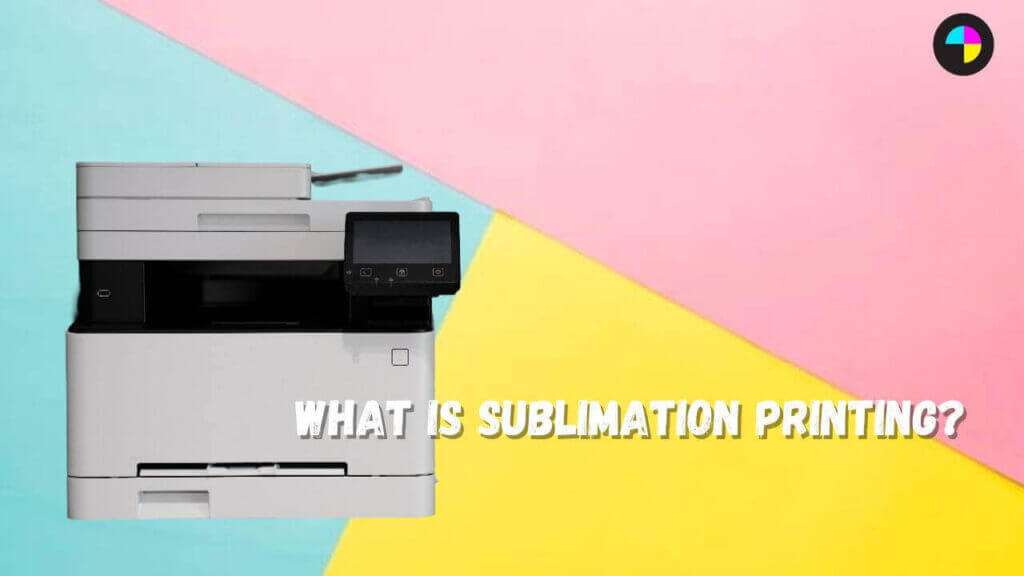
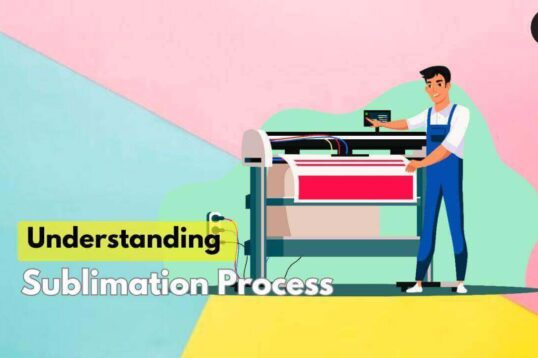
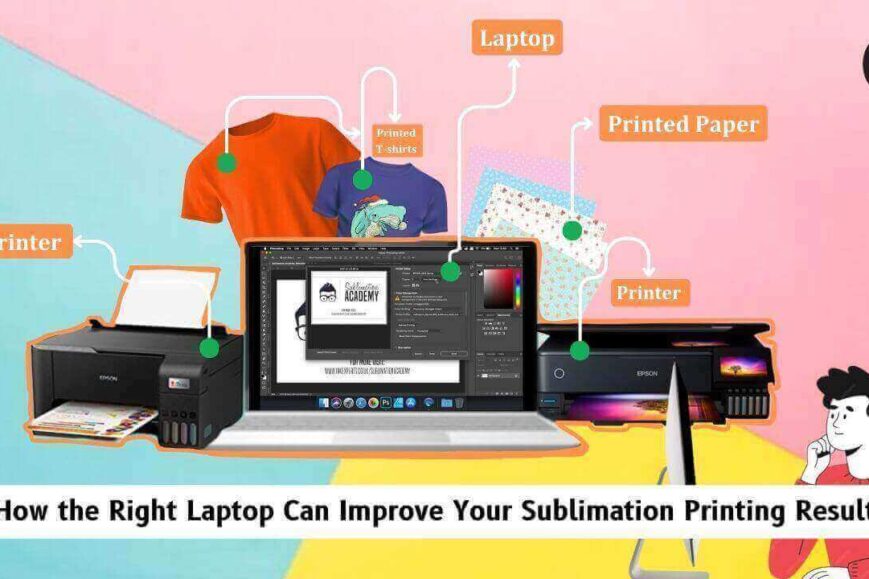
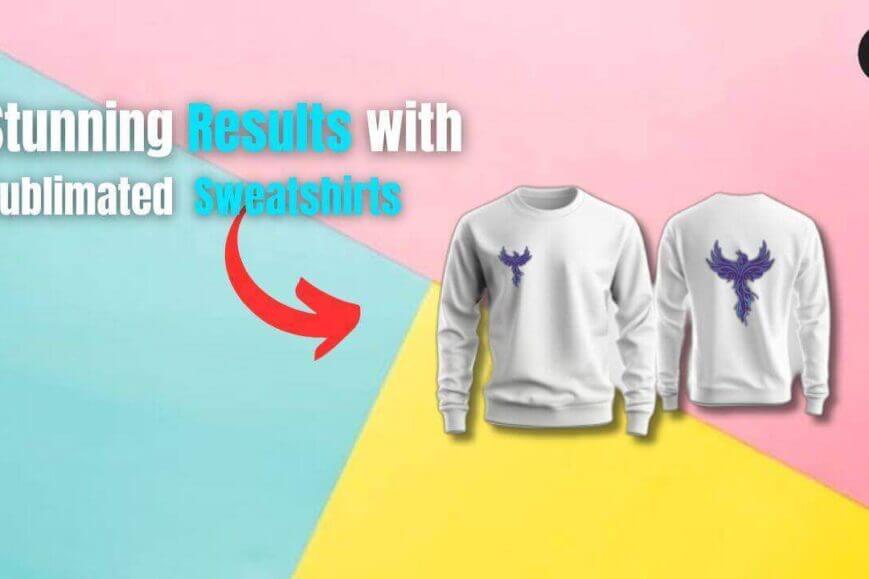
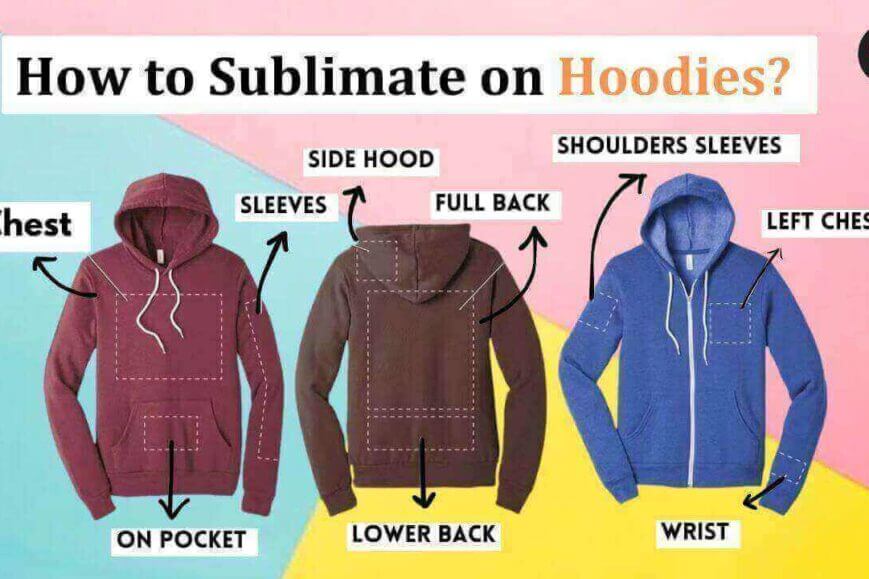
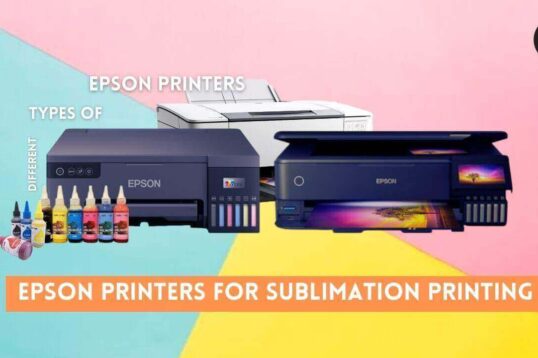
Leave a Reply